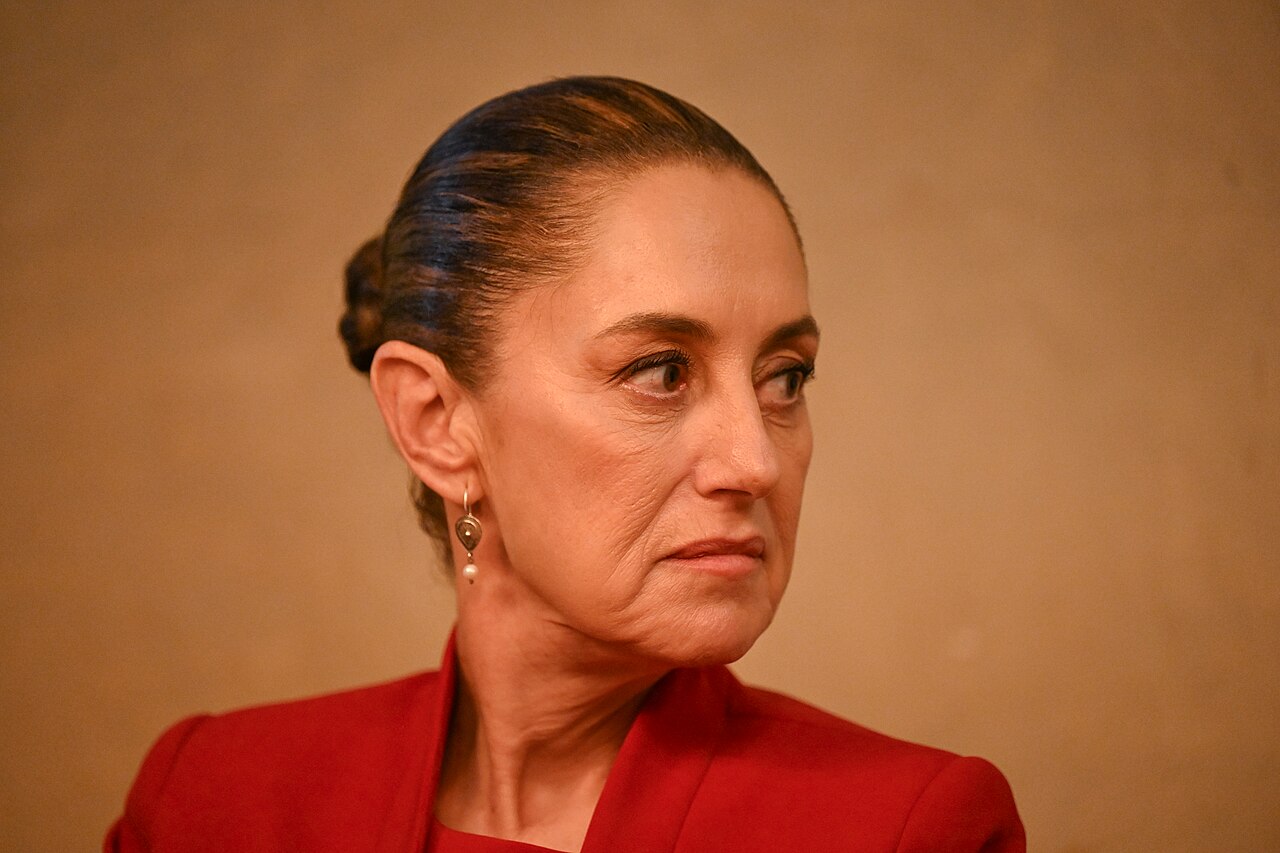Last week, the U.S. Supreme Court ruled in favor of seven American gun manufacturers that Mexico had charged with aiding illegal gun sales to drug cartels. In the aftermath, it has somehow escaped notice that the Obama administration did the same thing, with impunity.
On a visit to Mexico in April 2009, President Obama claimed that “more than 90 percent of the guns recovered in Mexico come from the United States, many from gun shops that line our shared border. So, we have responsibilities as well.” The administration then set out to prove this claim in covert fashion.
“A gunrunning scandal codenamed ‘Fast and Furious,” Frank Miniter explained in Forbes, “sent thousands of firearms over an international border and directly into the hands of criminals.” The Federal Bureau of Alcohol, Tobacco, and Firearms (ATF) was a key player in the operation.
In 2009, the U.S. government began “instructing gun storeowners to break the law by selling firearms to suspected criminals.” ATF agents “were ordered not to intercept the smugglers but rather to let the guns ‘walk’ across the U.S.–Mexican border and into the hands of Mexican drug-trafficking organizations.” As Miniter noted, “ATF officials seemed to be blissfully ignorant of how misguided this strategy would turn out to be.”
On December 14, 2010, near Rio Rico, Arizona, Mexican drug smugglers gunned down Border Patrol agent Brian Terry. Police arrested four suspects and traced three firearms from the scene to the “Fast and Furious” operation. In 2011, the Los Zetas drug cartel murdered Immigration and Customs (ICE) agent Jaime Zapata, with firearms bequeathed by the “Fast and Furious” operation, based on Obama’s bogus claim.
“This 90 percent statistic was, to be kind, math so shoddy a third-grader should know better,” Miniter explained. The figure was based only on guns that the Mexican government sent to the ATF, and some could not be traced at all. Miniter contended that Obama was using the bogus figure “to argue that the U.S. needed more gun-control laws.” After the deaths of Terry and Zapata, the president repeated the claim.
“We recognize that most of the guns used to commit violence here in Mexico come from the United States,” Obama told a gathering of Mexican students in 2012. “We’ll keep increasing the pressure on the gun traffickers who bring illegal guns into Mexico, and we’ll keep putting these criminals where they belong — behind bars.” As with “Fast and Furious,” it didn’t exactly turn out that way.
In 2020, Heraclio Osorio-Arellanes was found guilty of first-degree murder for his role in the firefight that took the life of Brian Terry. Last year, the Ninth Circuit Court of Appeals vacated the conviction on the grounds that his attorney gave him inadequate advice, denying his rights under the Sixth Amendment. That ruling doubtless encouraged Mexico to proceed with its $10 billion lawsuit against American gunmakers, now rejected by the Supreme Court.
“The Supreme Court’s argument is that they find no link between the manufacture of weapons and their trafficking to Mexico,” Claudia Sheinbaum told reporters. “However, the U.S. Government itself has published documents that recognize that 75 percent of the illegal weapons in Mexico come from their country.” No word on “Fast and Furious,” or the reality that guns do not operate apart from human agency. Sheinbaum, born in 1962, also came up short on the historic case of Mexico’s military deploying deadly force against the people.
Historic Gun Violence in Mexico
Mexico’s Partido Revolucionario Institucional (PRI) had held power since the 1920s, and in the run-up to the Mexico City Olympics in 1968, Mexican students gathered to demand more democracy. On October 2, 1968, in what became known as the Tlatelolco massacre, Mexican troops and police shot dead more than 300 student protesters.
President Díaz Ordaz and Interior Minister Luis Echeverria faced no charges, and in 1970, Echeverria became president. Díaz Ordaz died in 1979, and in his memoirs, released in 1997, the PRI president accused the student movement of “assassinating its own members.” Luis Echeverria denied all responsibility, never spent a day in jail, and died in 2022 at the age of 100.
Like her predecessor, Lopez Obrador, Claudia Sheinbaum is a member of the Movimiento de Regeneración Nacional, also known as the Morena party. Last October, Mexico’s new president blamed Díaz Ordaz for the massacre, which was already known. On the other hand, Sheinbaum failed to release a full list of the victims and name those soldiers and police, some doubtless still around, who deployed deadly force against the students.
In 1990, Peruvian novelist Mario Vargas Llosa called out Mexico as “the perfect dictatorship … the permanence not of one man but of an unmovable party.” Sheinbaum’s evasive treatment of the 1968 massacre gives reason to believe that the PRI still wields considerable power behind the scenes. If the victims’ family and friends feel betrayed, it would be hard to blame them.
READ MORE from Lloyd Billingsley:





















